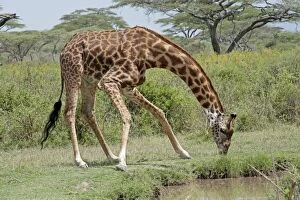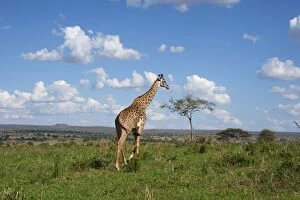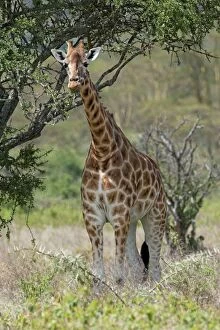Camelopardilis Collection
Camelopardilis, also known as the giraffe weevil, is a fascinating creature that captivates with its unique appearance and behavior. Picture No
All Professionally Made to Order for Quick Shipping
Camelopardilis, also known as the giraffe weevil, is a fascinating creature that captivates with its unique appearance and behavior. Picture No. 10895659 showcases this remarkable insect in all its glory - an elongated body resembling a miniature giraffe's neck and head. In Picture No. 10895660, we get a closer look at the intricate patterns on its exoskeleton, which provide camouflage among tree branches where it resides. This adaptation helps protect against predators lurking nearby. Moving on to Picture No. 10895755, we witness the camelopardilis gracefully perched on a leafy branch, showcasing its long legs and distinctive antennae. These antennae are not only used for sensory perception but also play a role in courtship rituals. Picture No. 10895730 captures an intimate moment between two camelopardilis individuals engaged in their elaborate mating dance. The male uses his extended neck to gently tap the female's back as part of their courtship display. The next image (Picture No. 10895720) reveals another aspect of their behavior - feeding on leaves using their specialized mouthparts designed for chewing vegetation high up in trees. In contrast, Picture No. 10895721 shows how they can retract their long necks when threatened or disturbed by potential dangers lurking below them. Picture No. 10895704 highlights the incredible balance these insects possess while navigating through dense foliage using those slender legs and agile bodies. As we delve deeper into understanding this intriguing species, Picture No. 10895628 presents us with a close-up view of its eyes – large and multifaceted – allowing for exceptional vision even amidst dimly lit forest canopies. The following image (Picture No. 10895594) portrays camelopardilis larvae emerging from eggs laid within tree bark crevices; these young ones will undergo metamorphosis before reaching adulthood. Picture No.












